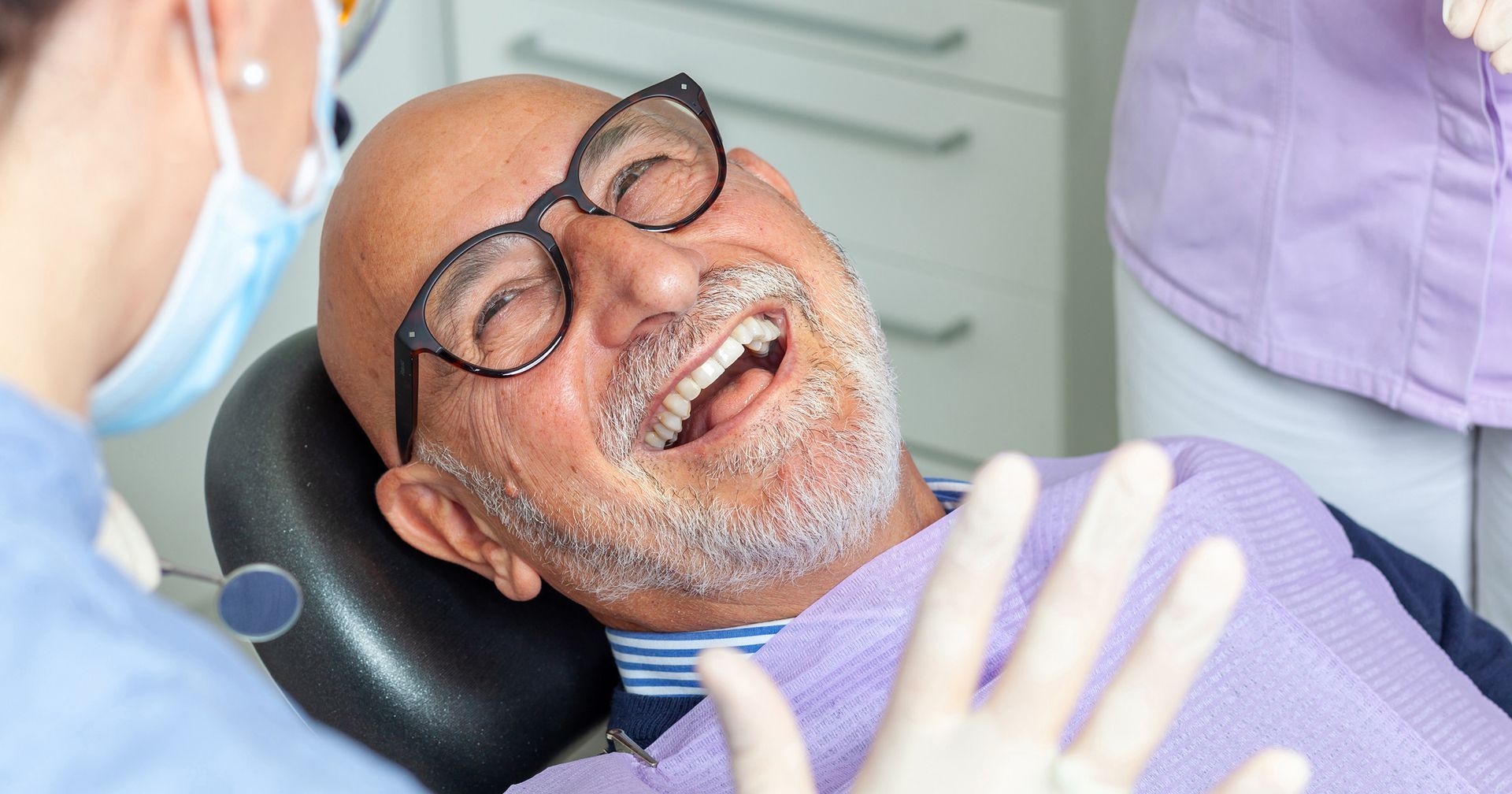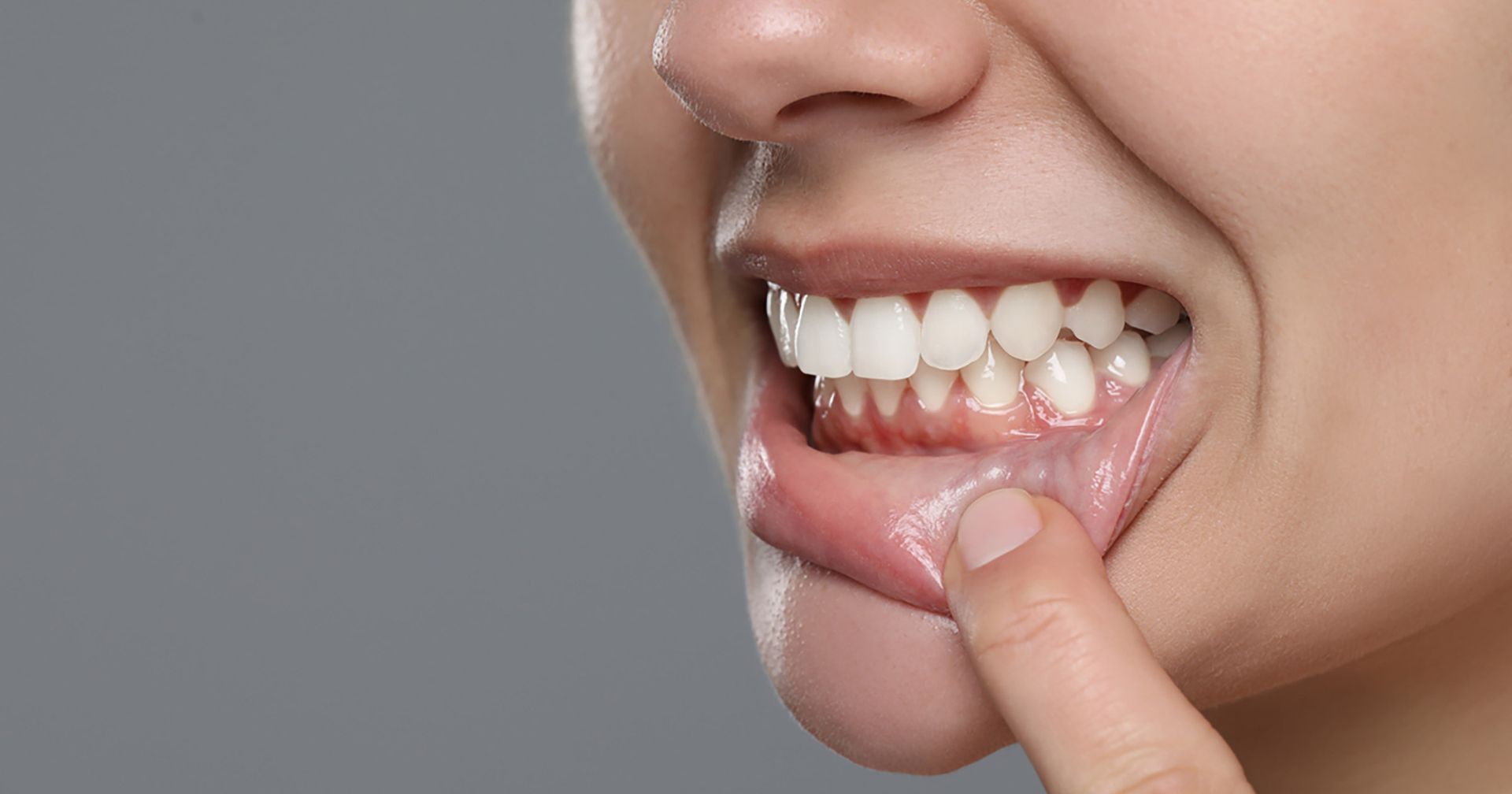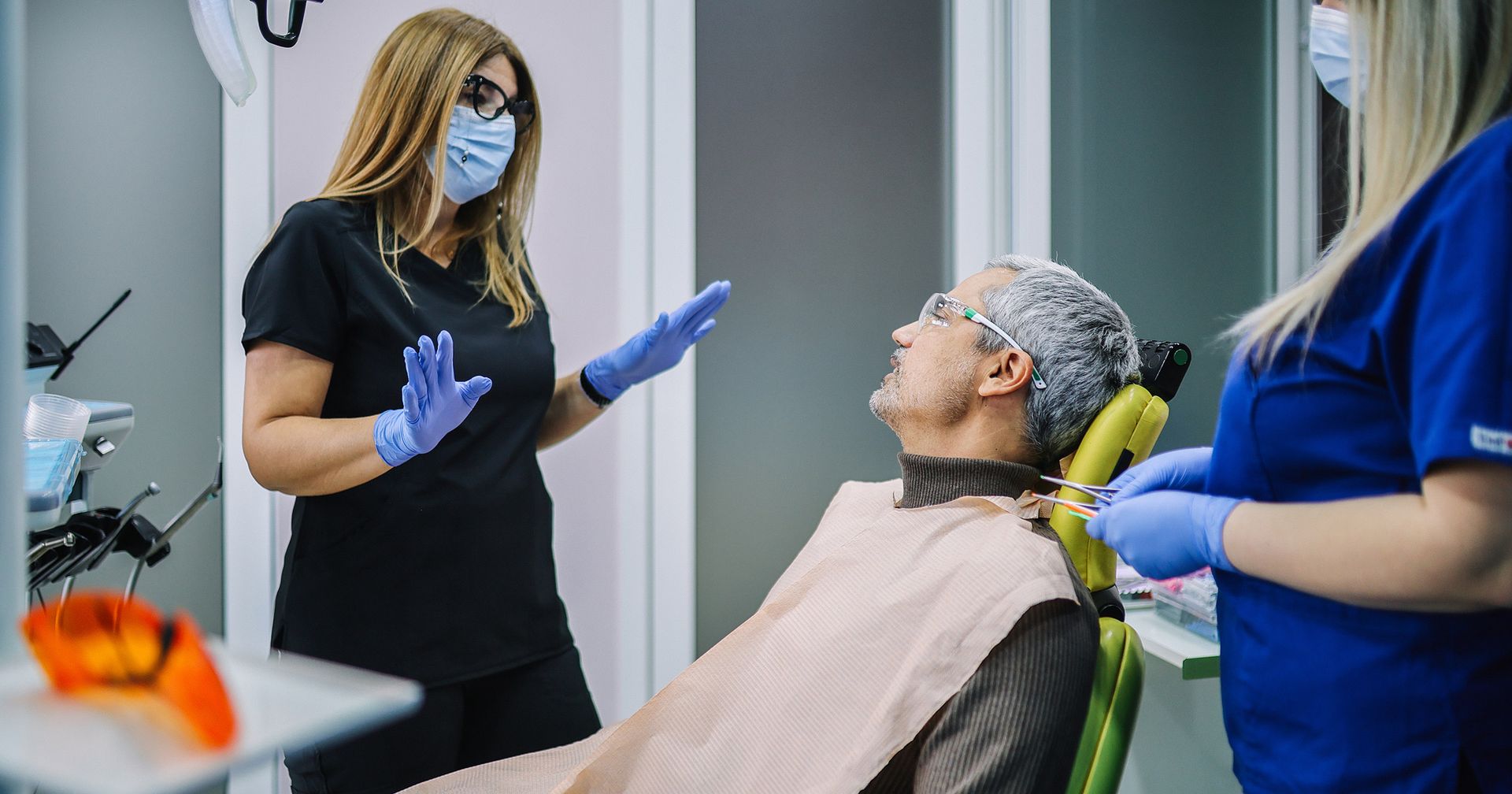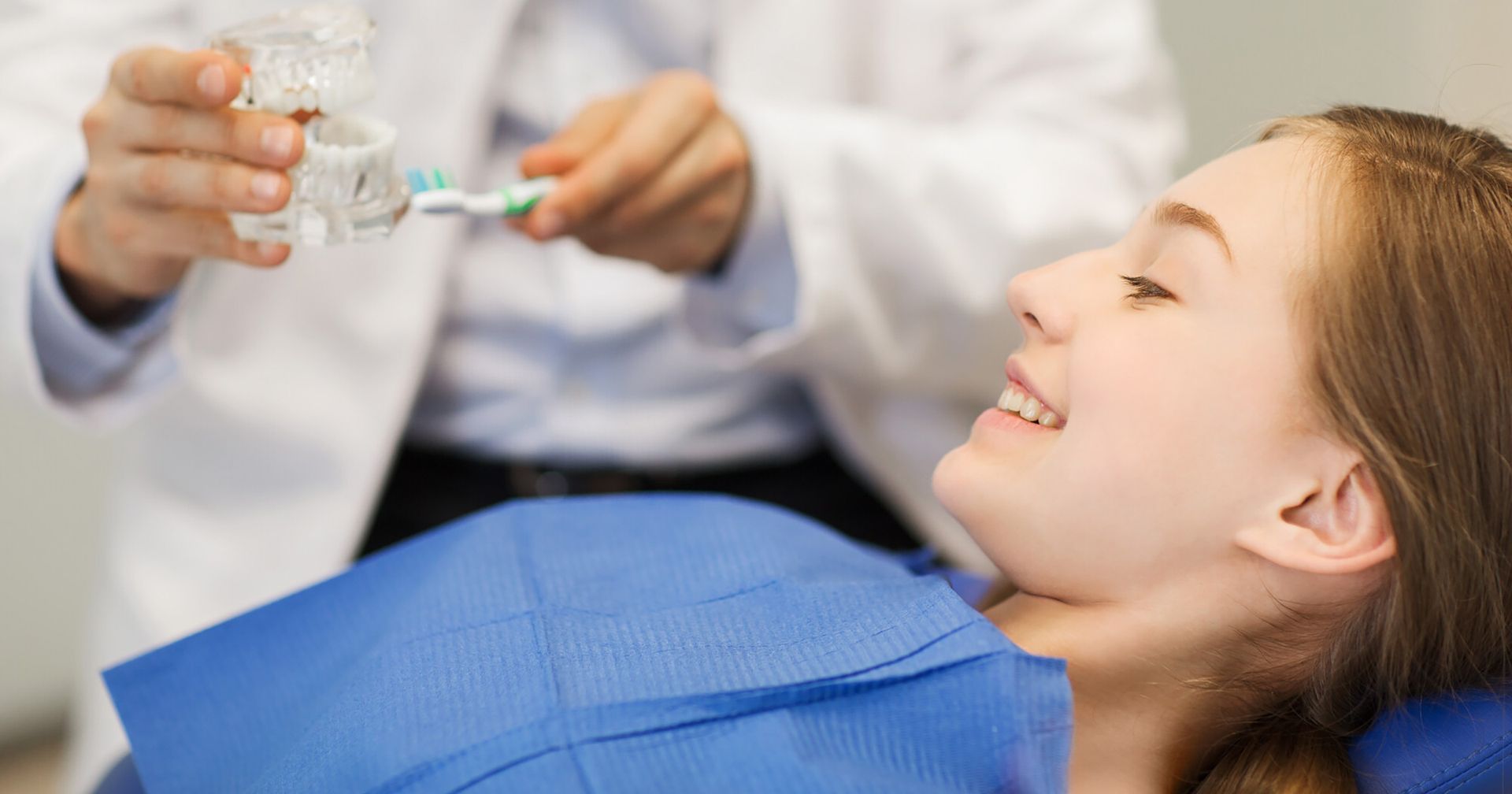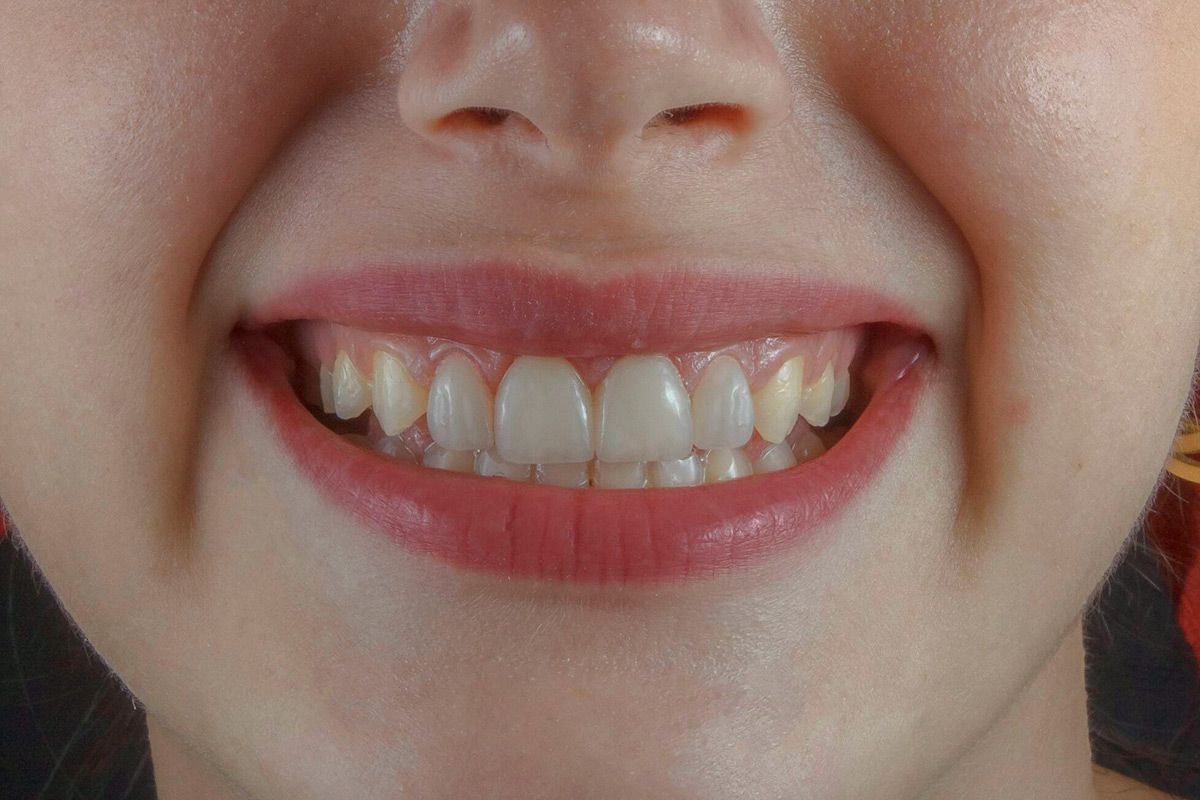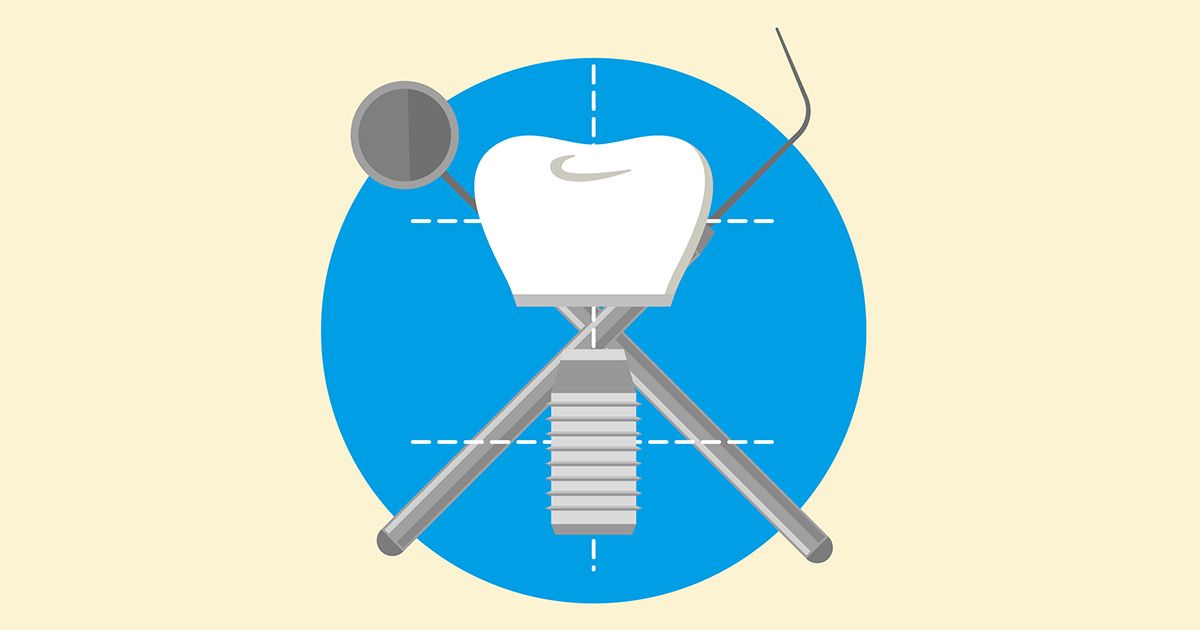All About Gum Grafts
Shawn Kimmel • January 15, 2020
Your gums may be receding and you do not even know it. It can occur for a variety of reasons, from genetics to having a predisposition to sleeping with your mouth open. It won’t really impact anything unless they become really receded and are not that aesthetically pleasing or your teeth may become more sensitive to hot and cold beverages due to the root coming exposed.
What to do? Your dentist may tell you that the best option is a gum graft. That sounds like it might be painful. It is not… and it can improve your smile – and ultimately prevent tooth loss.
Here is all that you need to know about gum grafts:
The Different Types of Gum Grafts
There are several types of gum grafts, which may also be called gingival grafts by your dentist or periodontist:
- Connective-Tissue – The dentist opens a flap in the roof of the mouth and removes tissue. They then stitch that to the gum tissue to cover up the root and stitch the flap back shut.
- Free Gingival Grafts – This is the most common way for people who have thin gums and need them enlarged. The tissue comes from the roof of the mouth and the tissue is put on the gum area.
- Pedicle Grafts – This is done to people who have a lot of surrounding tissue around where the root is exposed. The dentist takes some of that tissue and stretches it over the exposed area.
Procedure
You will get anesthesia, which may make you groggy. That is why you will need to have someone drive you to and from the doctor’s office, since you can’t do that yourself that day due to dulled reflexes. Once you get into the chair and are numbed down, the dentist will either use tissue from a tissue bank or from your own palate. If it’s the first way, the recovery is usually smoother.
How will it feel if you have tissue removed from the roof of your mouth? People have compared it to the sensation after hot food burns the area, Your mouth is an area that tends to heal quickly, so the discomfort is usually very short-lived.
Recovery
Any work time missed will be minimal, with the vast majority of them being able to go back the following day.
Usually you will find that your recovery period after one of these, no matter the type, is quite short. All you have to do is follow the instructions – like eating soft foods, not smoking, and also not brushing or flossing near the area for as long as the dentist specifies. You will probably get a mouthwash that will keep the area clean while it heals. There’s also a strong possibility that you will get antibiotics.
Typically you will heal fully in about a week or so and there will be a follow-up visit to ensure that everything healed like it should along with any necessary stitch removal. As the years have gone by, something like this has become more routine and the dental technology and techniques make it easy for patients to have this done.
If you feel like your gums are starting to recede, don’t sit back and allow it to gradually worsen. Talk with your dentist about it and see if a gum graft will be worth doing to prevent any tooth sensitivity down the road. You can have nice snug gums again along with being able to eat or drink what you want. Many find that the brief period of mild discomfort is more than an even trade-off.
Dr. Dorothy Anasinski and the staff at Dental Specialists of Niles are quite experienced when it comes to doing gum grafts. They will ensure that it gives their patients their best-looking smile. If you have any questions, do not hesitate to call them at 847-685-6686 to schedule a consultation.




